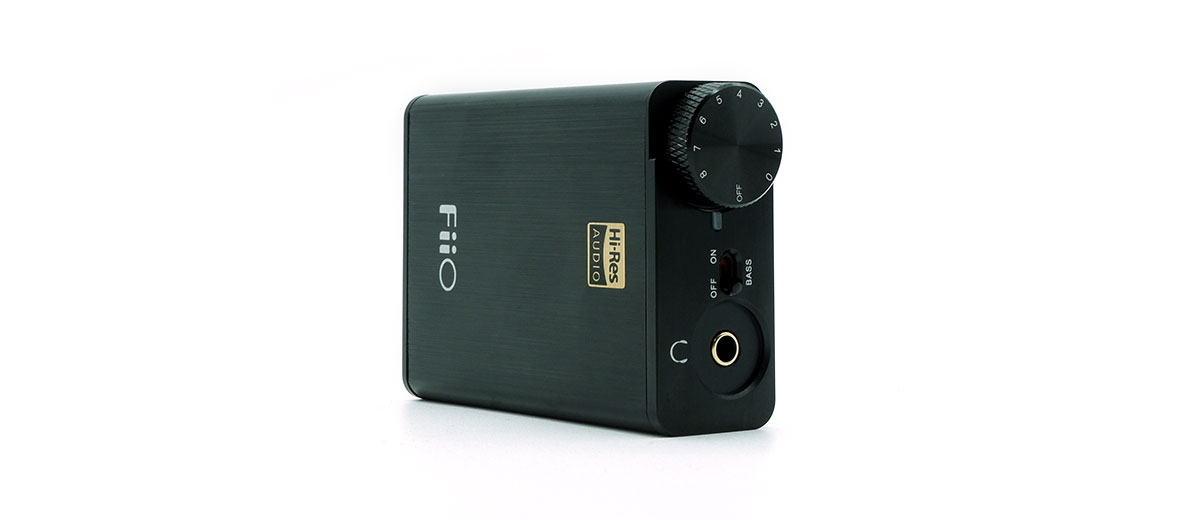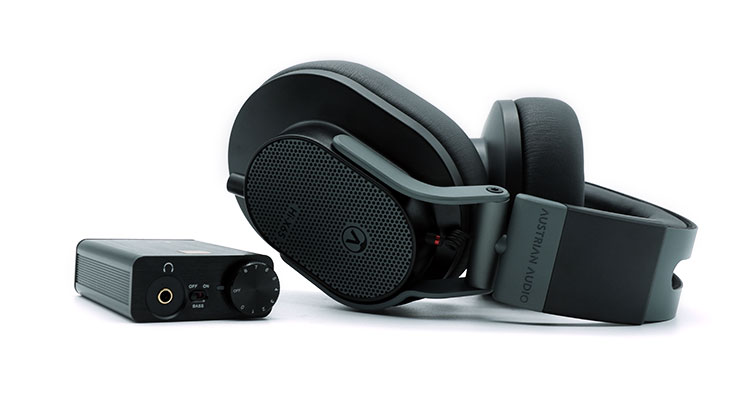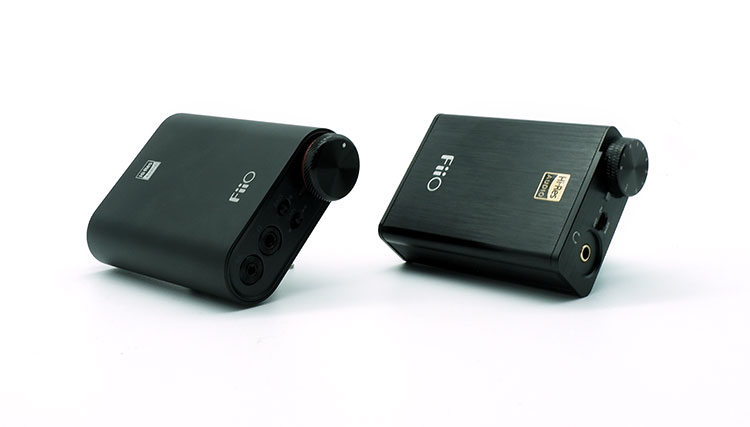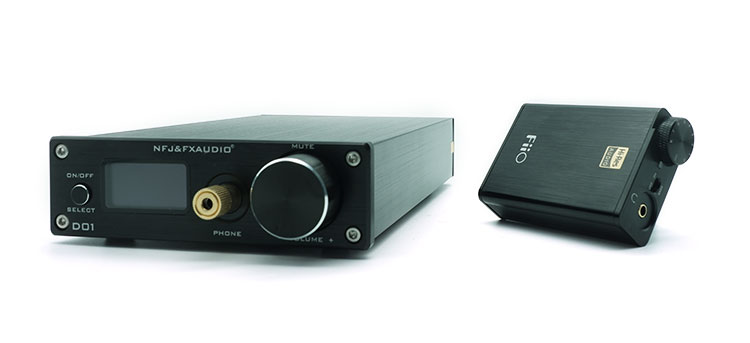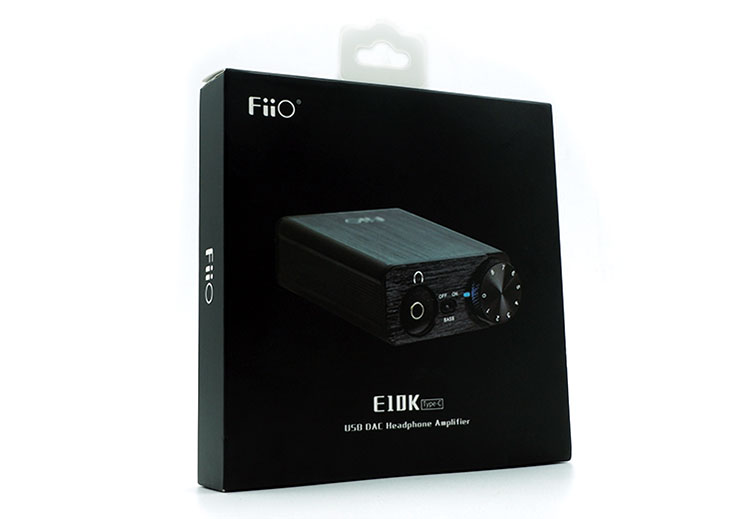Synergy
Power
With the diminutive size, I wasn’t expecting much from the E10K TC. With my testing, it actually did better than I expected with both my Audeze LCD-X and Hifiman Ananda. Neither went beyond 3 on the volume dial.
Switching over to my dynamic driver headphones, the Sennheiser HD600 did well also with a high gain setting and at just 4 on the volume dial. So I’m pleasantly surprised at what the 219mW power rating on the E10K TC can bring to the table.
On the flip side, the E10K TC also remains quiet enough to drive most of my IEMs. With FiiO’s own FD3 being sufficiently driven at low gain with the volume knob at just 3. This gives the E10K TC the versatility to drive the most common headphone loads to sufficiently loud volumes.
Pairings
I initially thought that a pairing between the E10K TC and the HD600 would be a great pairing. And initially, there is a perceived increase in midrange euphony allowing the vocals to have an overall richer tone due to the HD600’s euphonic midrange.
Imaging with this pairing is also quite good, due to the HD600’s inherent ability to delineate between images within the soundstage. However, when it comes to the roll-off, doubling down on the roll-off at the extremes of the frequency response ultimately made it too rolled off.
So I shifted over to my Austrian Audio Hi-X65, and the combination of the honesty of the E10K TC’s delivery synergized well with the Hi-X65’s neutral but warmer overall presentation.
This allowed the vocals to have a touch of euphony while having an even-handed instrument tonal balance. The wider soundstage presentation on the Hi-X65 also compensated for the E10K TC’s less airy presentation.
With IEMs, one of the most enjoyable pairings that I found is with FiiO’s own FD3, where the warmer tonal shift gave the E10K TC’s more neutral presentation a splash of excitement. The semi-open back nature of the FD3 also blended well with the E10K TC’s presentation, allowing for a more dispersed soundstage presentation.
Select Comparisons
FiiO New K3
$119.99
Technical
With the two DAC/Amps having a refresh this year, their internal components both received a refresh. Each received an XMOS XU208 USB controller, however, the more pricey K3 2021 also received an MCU controller chip along with a refreshed ES9038AS DAC chip.
On top of that, the K3 2021 has additional versatility with the ability to switch between USB audio Class 1.0/Class 2.0, instead of being stuck on USB Audio Class 2.0.
Despite having a balanced 2.5mm TRRS port on the K3 2021, and utilizing 2xOPA926 amp chips instead of a single LMH6643, both DAC/Amps have similar power output numbers with the K3 2021 being rated at 220mW into 32Ω.
When it comes to THD numbers though, the K3 2021 has a distinct advantage, measuring up to 121dB, giving it a noise floor that is 7dB lower.
Design
In terms of form factor, the 2 devices look quite similar, where the K3 2021 is just a bit larger. The K3 2021 has a more modern aesthetic since its design is taken from the relatively newer K3 2019, so there are more rounded edges.
The layout of both DAC/Amps are quite similar as well, however, the K3 2021 uses more modern switches that are flush in the front fascia of the chassis instead of retro toggle switches.
Also, both devices have the volume knob on the right side of the front of the device. However, the ring around the volume knob on the K3 2021 doubles as a sample rate indicator instead of just a power indicator.
At the rear, both devices also have a similar layout, where the USB input is located on the left side, but the K3 2021 has an additional Toslink output. The gain switch on the K3 2021 is also located in the front, to accommodate the additional digital output and USB Audio Class 1.0/2.0 switch.
Performance
Despite coming from the same company and being released at approximately the same time, there are some striking differences between the 2 DAC/Amps. With the K3 2021, there is a better sense of tonal richness with the bass notes, while there is more perceived control over the low-end also.
The vocal range on both DAC/Amps are equally forward, and tonally rich allowing vocalists to sound euphonic, while acoustic instruments sound full-bodied. However, the overall texture in the midrange is more chiseled with the K3 2021.
Both DAC/Amps can present a wide soundstage, but the depth and layering are more distinct with the K3 2021. While directionality is equally accurate, the delineation between the images is more prominent with the K3 2021.
While it’s unmistakable that both DAC/Amps come from the same company, it’s evident why the K3 2021 occupies a higher price point within FiiO’s product lineup in terms of performance.
FX Audio D01
$149
Technical
Being a much larger device, the D01 has a few extra features both internally and externally. The first is that it has Bluetooth connectivity, along with 2 additional digital input options for both coaxial and optical inputs. There are no digital output options with the D01 though, instead, it has full-sized RCA preamp outputs.
Internally, the D01 also has an XMOS XU208 USB controller, which is pretty common among DACs at this price point. The DAC chip inside the D01 is an ES9038Q2M, which then enables the D01 to decode PCM streams up to 32BIT/768kHz and DSD 512, which is a step up from the decoding capabilities of FiiO’s offering.
However, the E10K TC can still decode most files available in the market, so it shouldn’t be a deal-breaker at this point.
With an external power supply, the D01 is also free to push out more power, allowing it to push out 400mW into 32Ω. Both DAC/Amps still use opamp output stages in the headphone output section though, with the D01 utilizing a TPA6120A2.
Design
As I mentioned earlier, the D01 is a much larger device, taking up about 5 times the desk space. The aesthetic of the D01 is less refined though since it has some screws sticking out, while the overall aesthetic isn’t as buttoned up.
To add to that, the D01 will require an external power supply, in a way, the D01 is more limited since it can only be used when there is AC power available.
With the larger footprint, the D01 also has a screen in front that shows the sample rate, input, and volume. So the D01 is more of a proper desktop DAC/Amp, even if it looks more dated than even the already classic-looking E10K TC.
Performance
Having an external power supply, I expected the D01 to have a weightier presentation between the 2 devices. However, the D01 ends up being more “fleet of foot” between the 2, where bass notes have less weight while having a sharper and more detailed presentation.
The tonal balance on the D01 is more even-handed, consequently, the midrange is less emphasized comparatively. However, the vocal range is less euphonic, taking away from the more romantic presentation that the E10K TC is capable of. When it comes to the nuances within the midrange, the D01’s drier presentation makes it more detailed overall.
Since the D01 has a more even tonal balance, the treble is more forward allowing the midrange instruments to have a comparatively brighter harmonic tilt. Both DAC/Amps are equally extended though.
While the D01 doesn’t have any tonal emphasis, the soundstage of the 2 DAC/Amps are surprisingly equal. While the D01 is less intimate, the layering within the soundstage isn’t particularly defined either. Finally, the images within the soundstage are also placed equally accurately, but the images created by the D01 simply seem more chiseled and 3 dimensional comparatively.
Our Verdict
As a product that can be classified as a refresh of a product that has been regarded as a classic, the E10K TC isn’t the most modern-looking device. But why change something that isn’t broken?
So externally, FiiO simply updated the E10K TC’s design with a more modern USB C port and kept the rest the same to make sure that they don’t mess with a tried and tested formula. Internally though, they have changed the USB controller to make it more modern, while updating the sample rate capabilities.
Despite not being the most detailed DAC/Amp, the E10K TC has a warmer and more euphonic presentation that ensures that it can be used for an enjoyable listening session that can last hours without being fatiguing.
FiiO E10K TC Technical Specifications
- Power Source USB
- DAC Chip PCM5102
- Output Power 219mW (32Ω)
- Sampling Rate (USB Decoding) Up to 384kHz/32 bits
- Signal to Noise Ratio >114dB
- Coaxial Output Up to 192kHz/24 bits
- Frequency Response 20Hz~20kHz
- Headphone Impedance (Recommended) 16Ω~150Ω
- Dimensions 79mm x 49.1mm x 21mm
- Weight 78g

